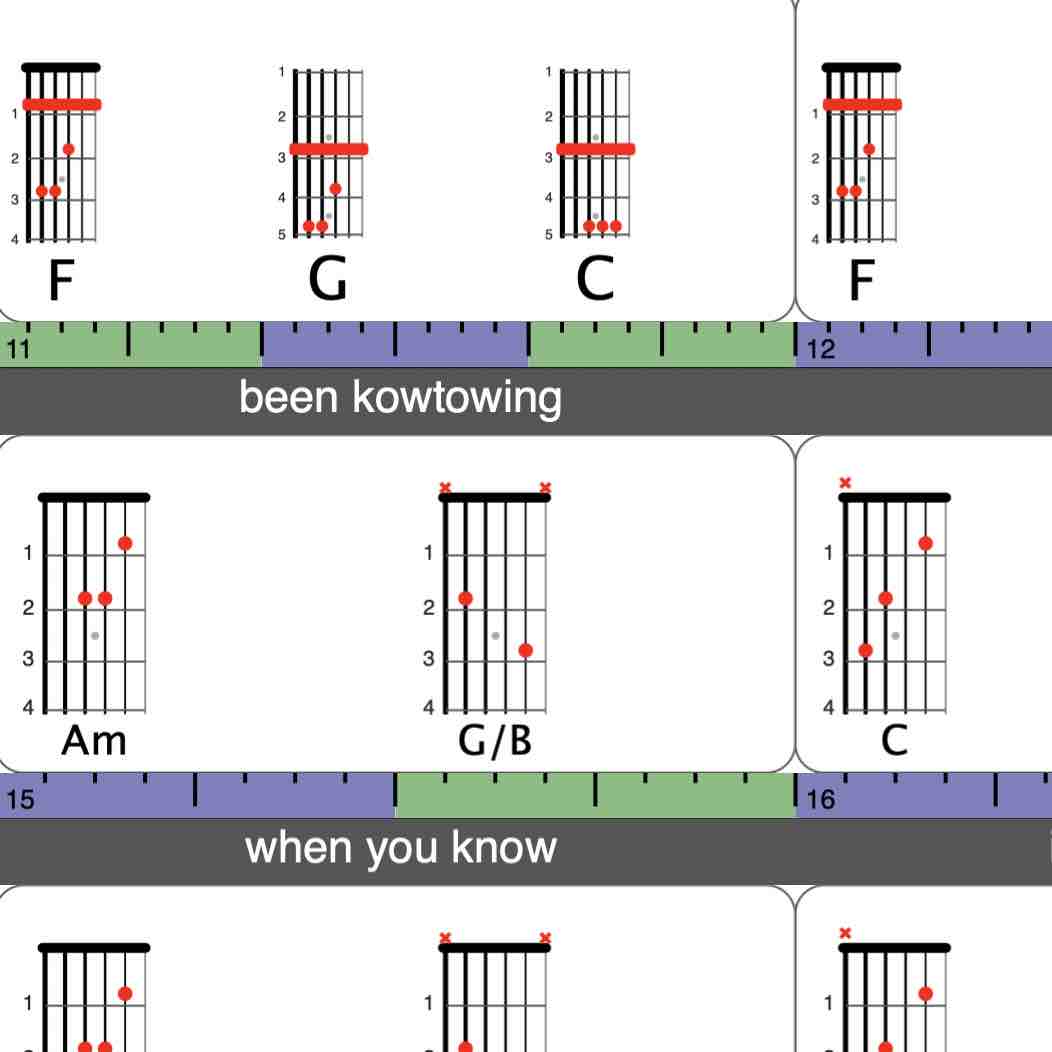Most people, even with no grasp of musical terminology, can sense that the rhythm of music breaks down into something we call bars and beats. Beats are the individual pulses of music, and bars are the groupings of those beats into repeated patterns.
Most often (but certainly not all the time!), especially in popular music, there are four beats in each bar. A “waltz”, on the other hand – by definition – is a piece of music that has three beats to the bar. And there are many more well-defined styles of music, based on a specific number of beats.
For our purposes, we can simplistically define meter as “the number of beats in a bar”. In a waltz, the meter is “three”, and usually doesn’t change throughout the piece. In a simple rock-and-roll song, the meter is usually “four”, and usually doesn’t change throughout the song.
But meter can change in a song, and it happens more often than you might think! This is called mixed meter.
Serious composers might use mixed meter, to make a composition more interesting or unusual-sounding. Sometimes they use it to deliberately make something hard to play (1970s-era jazz-rock fusion comes to mind), to require great skills of the players. (Show-offs!)
And songwriters often use mixed meter, not necessarily to add complexity, but usually because it just fits the song (especially the rhythmic flow of the lyrics) better.
TuneLings make mixed meter easy to understand, because they show it visually. In the “Chart View” of a TuneLing, each bar highlights in light blue as it’s played, and each beat within the bar is shaded in darker blue as it occurs. You can easily see how many beats are in each bar, as you play along, but you don’t usually have to think about it. The moving beat (the darker blue) guides you along pretty elegantly.
We have many superb examples of mixed meter in the TuneLings Store, for those who want to play something more unusual (though not necessarily difficult). These are also excellent lessons for would-be songwriters; these songs used mixed meter not to be flashy, but in service to the lyric, and “feel” of the song. In these cases, mixed meter really does make these songs better (and more fun to play).
So check out these excellent examples of mixed meter – you can play a preview of each right here and now, and get their TuneLings if you dig ’em!
